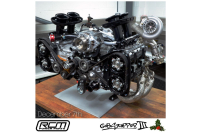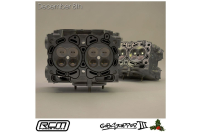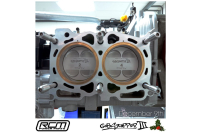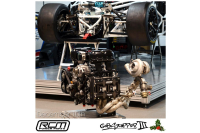We use cookies to make your experience better. To comply with the new e-Privacy directive, we need to ask for your consent to set the cookies. Learn more.
A closer look at the engine that is at the heart of Gobstopper III

The last year that Subaru competed in the World Rally Championship was 2008. The car that was developed for that year was referred to by Prodrive who built the car as the S14. Subaru had started to use a sequential transmission in the WRC car, and for this year, Prodrive had designed a new Dual Timing Belt set-up that was designed to work better sequential transmission.
Because of their relationship with Prodrive, RCM was aware of this new development that Prodrive made, and once Subaru left the WRC, they were able to start developing this system for their own car. This is the starting point for the Roger Clark Motorsport Dual Timing belt that was first used on Gobstopper II, and that is now being used on Gobstopper III. Though it may look very similar to the S14 system, Roger Clark Motorsports has re-engineered a number of components as they have been further developing it over the last 10 or so years. At this point, they now make their own cam pulleys, idlers, tensioner brackets, etc. Prodrive’s development of this system stopped when Subaru left the WRC, but Roger Clark Motorsports has continued to push forward to refine and develop this kit, and since it is now on Gobstopper III, they no doubt will continue to do so.
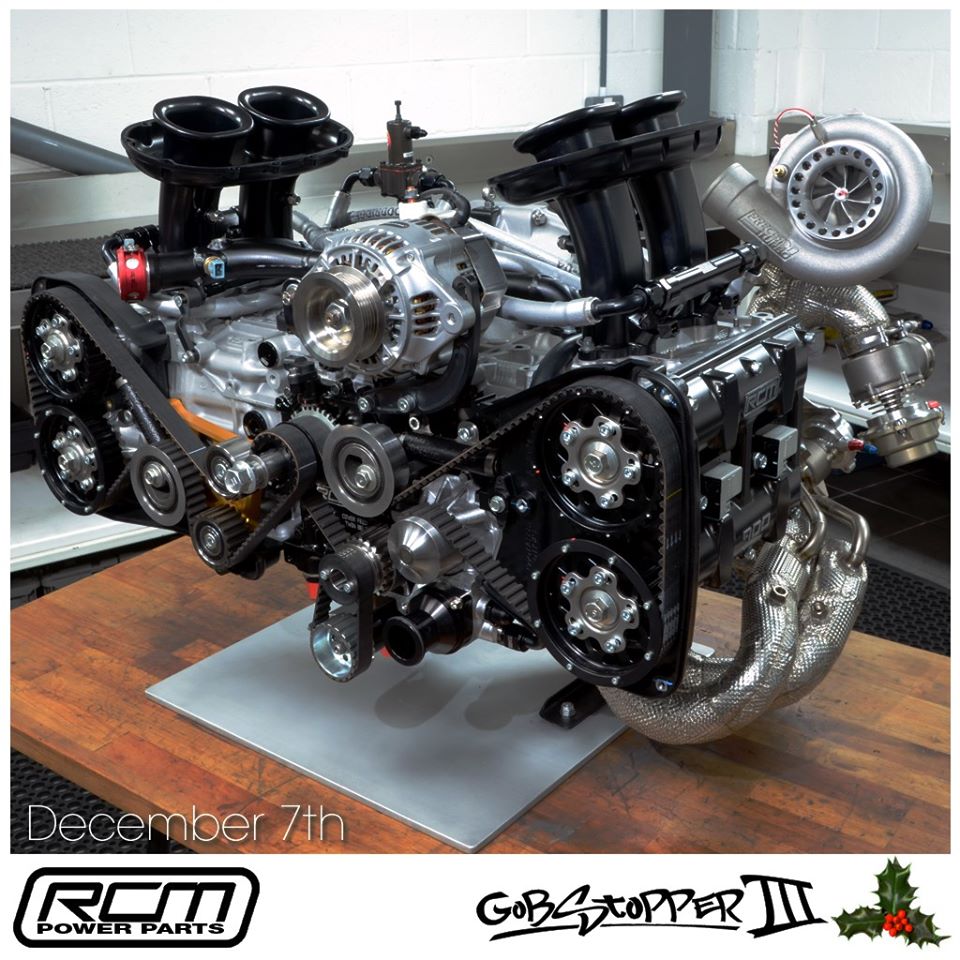
The benefits of this system for the GS2 and GS3 cars come out of the fact that the engine is making a lot of power and revs very high. The Dual Timing Belt system helps to dramatically reduce any timing belt slap that could potentially cause an issue in keeping time of the engine. The dual belts also reduce any valve timing discrepancies that can come about with the long OEM Subaru timing belt so this system significantly improves valve timing control.
Running this system requires a number of modifications that makes it difficult to retro-fit to another Subaru engine. To start, you need a long nose crank to accommodate the two belts, and you have to run special Roger Clark Motorsport cam pulleys that have a deeper tooth profile. The Standard Subaru block does not have all of the mounting points for the dual tensioner pulleys, so a prospective block would have to be drilled and tapped to attach those. It is also worth mentioning that the dual timing belt set-up requires running custom valve covers as well which are not readily available.
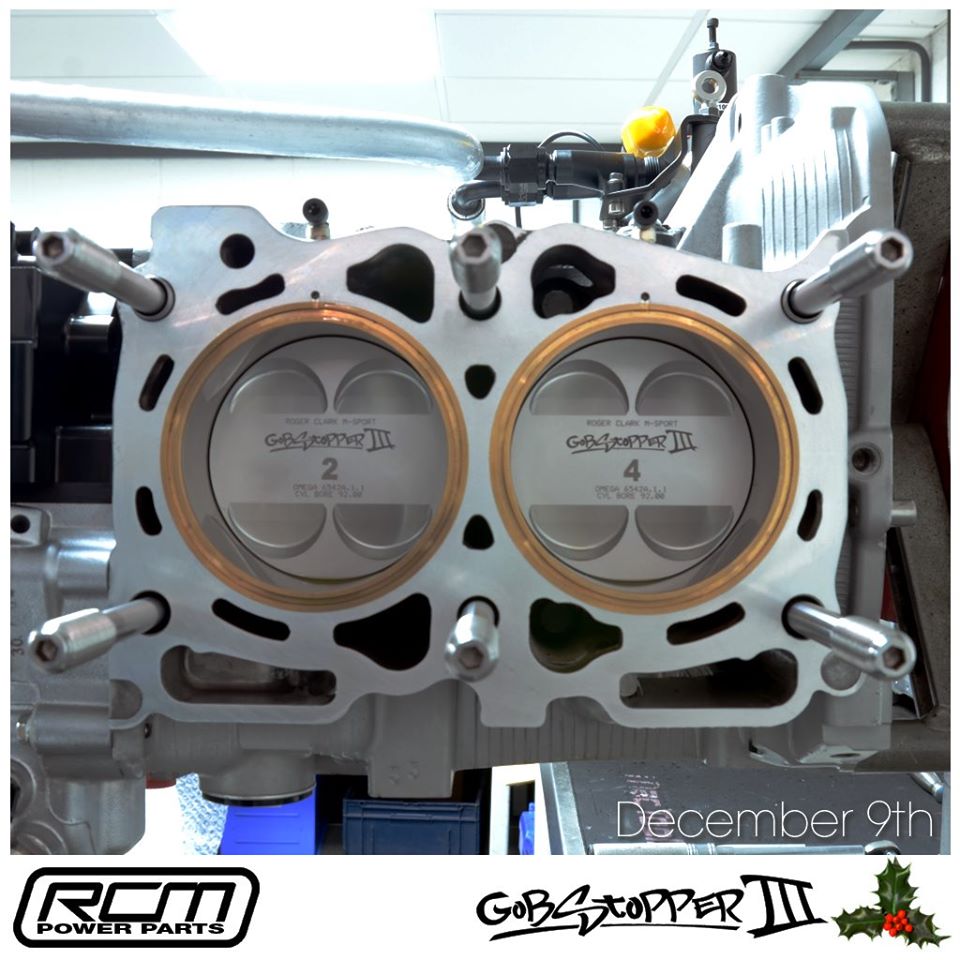
The cylinder head and block o-ring setup on Gobstopper III also comes from development on the S14 WRC engine. To try to maximize the torque output of the engine, the WRC cars were making very high cylinder pressures and ran into reliability issues with a conventional head gasket design. The solution was to machine the block to insert a bronze block 'bush' at the top of each bore. The block is then machined flat leaving behind a special groove which carries a gas O-ring or 'fire' ring. The first versions of these were made of aluminum, but RCM has moved to a special Inconel ring for Gobstopper II and III. You can also see that Roger Clark Motorsports has developed their own pistons for the Gobstopper cars, and other components of the rotating assembly as well. As with the timing belt configuration, RCM has over a decade of testing and development in their Gobstopper engines as well.
To seal the oil and water ports on the block, the heads (which must be V3/V4 EJ20K castings) are CNC machined with a pattern which separates the water jacket and a Latticework O-ring does the job of sealing off the openings.
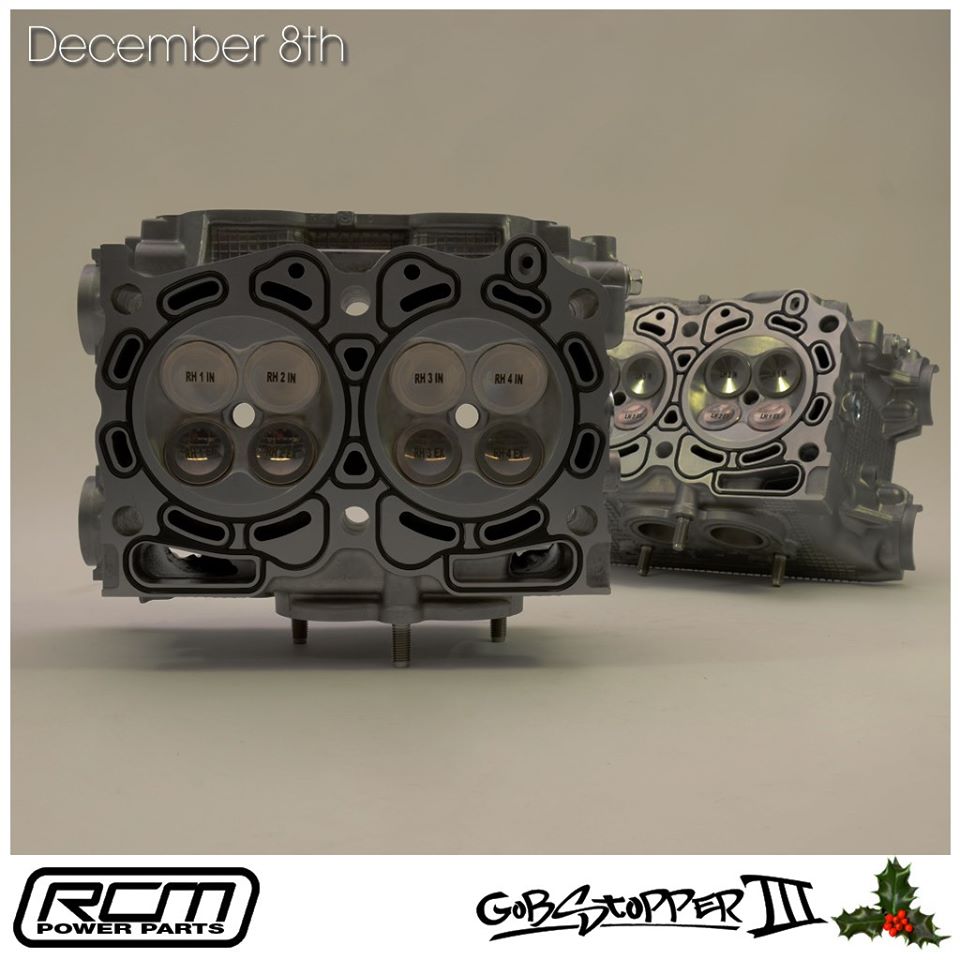
One particularly interesting feature of this design is the small hole that is at the top of each bronze block. This small hose is a galley which exits the top of the block above each bore and gasses escape if there is ever a situation where the heads have any slight lift. The WRC cars were actually able to put a sensor on each of these openings so that the ECU could change the boost pressure and timing if it ever sensed that pressure was escaping the combustion chamber.
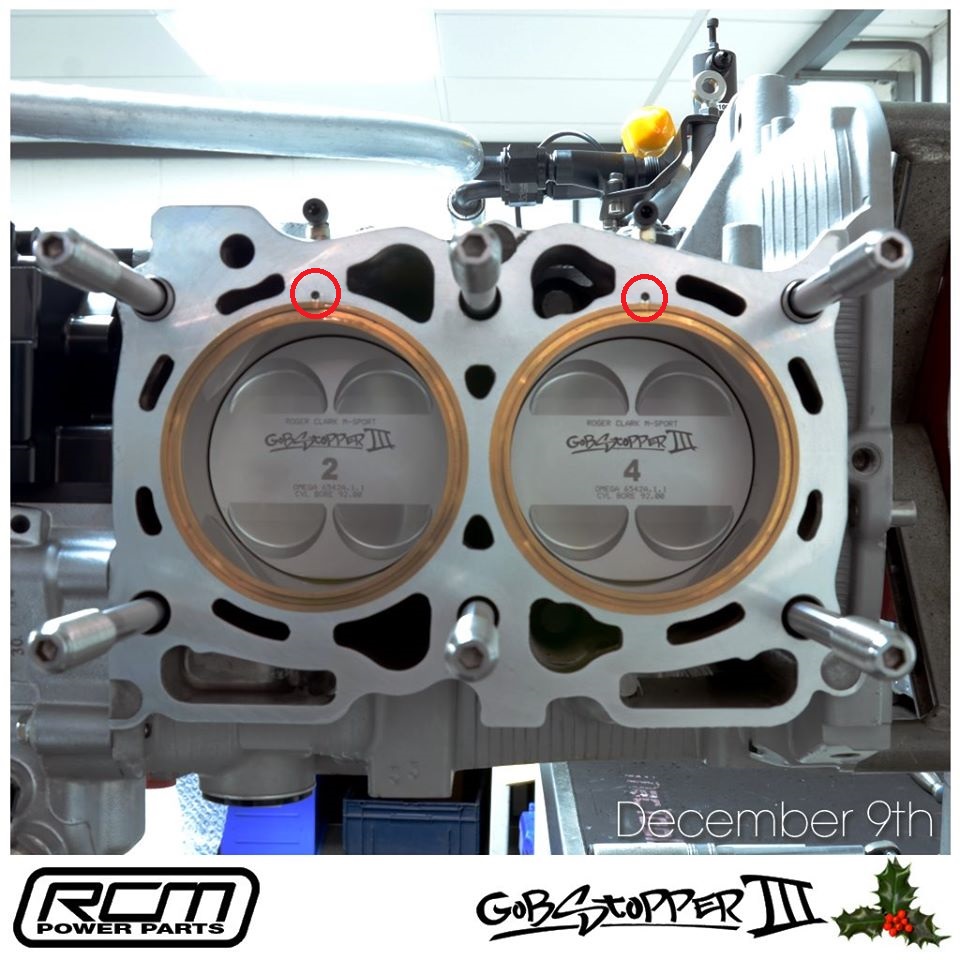
Lastly on the exhaust manifold, you might notice a small tube going into each exhaust runner. This is connected to an anti-lag valve. This valve attaches to the pressurized side of the intercooler, and works just as a blow-off valve would, but instead of releasing pressure to atmosphere, or back in front of the turbo, it sends that pressurized air into the exhaust manifold. With the proper tune and engine management, this allows the pressurized charge that would be lost on most cars to be used to keep the turbo spooled and function like an anti-lag system.
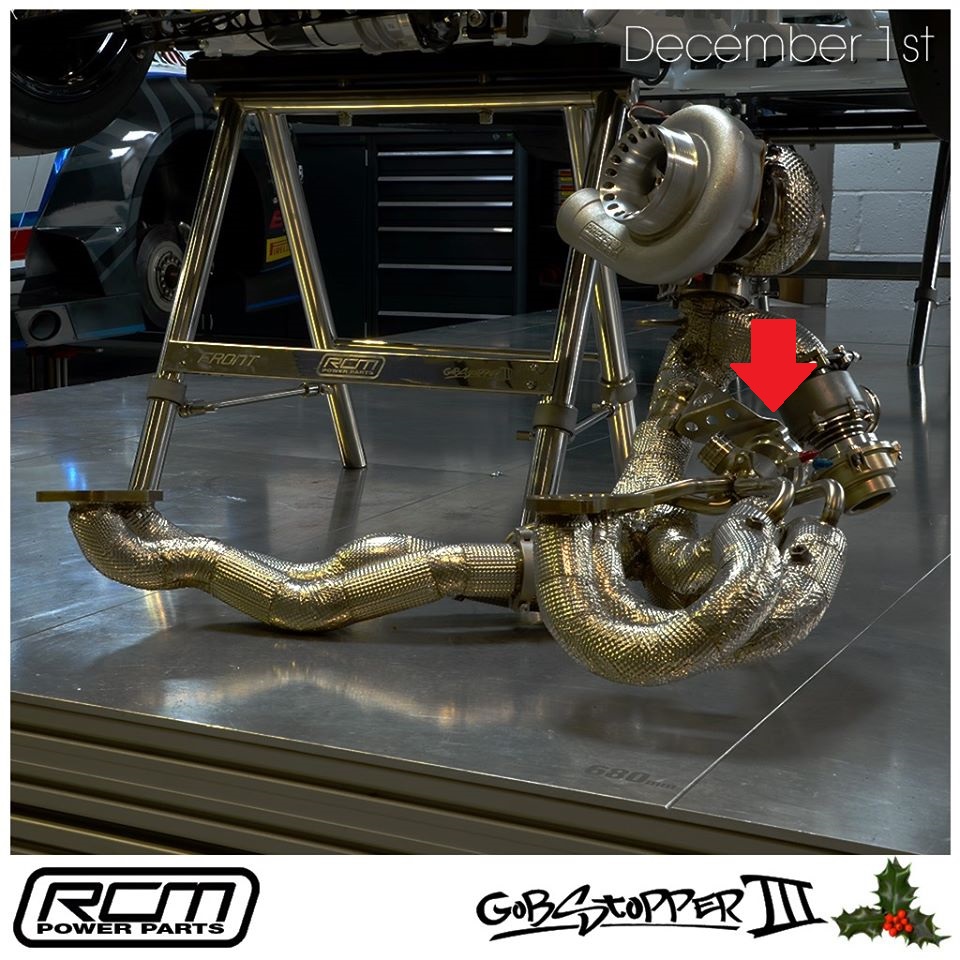
There is so much engineering that goes into the design of the Gobstopper III engine to allow it to make 900 hp reliably, and I am sure that this is just the tip of the iceberg. If we find out any other cool details we will be sure to up-date this page and a large thank you goes out to Roger Clark Motorsports to answering the questions that we had in such detail.



